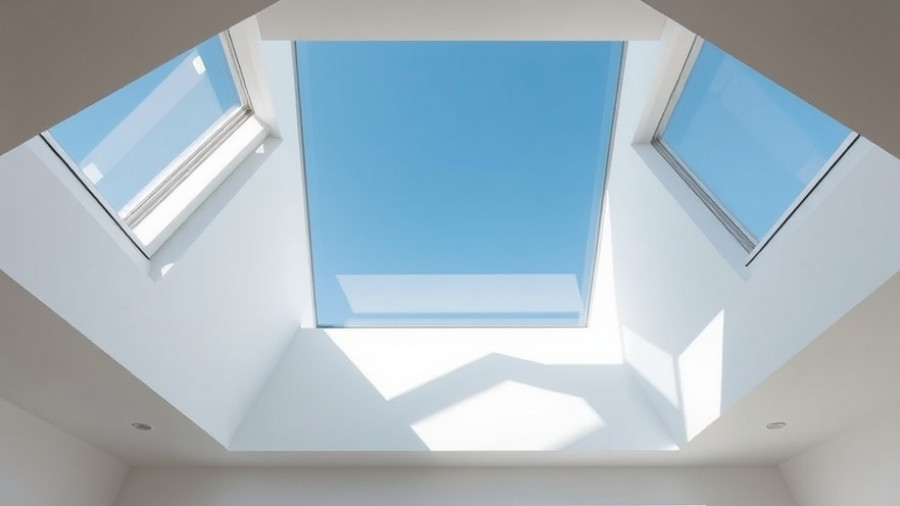
Transform Your Bedroom into a Sustainable Sanctuary
In an era where each choice impacts the planet, creating a sustainable and stylish bedroom is more important than ever. It’s not just about aesthetics; it’s about embracing eco-friendly practices that benefit both personal well-being and the environment. Imagine a bedroom that reflects your unique style while also contributing to a healthier planet. Let’s explore how young homeowners in London can design their bedroom havens with sustainability at heart.
Why Sustainable Materials Matter for Your Bedroom
Each material you select for your bedroom can have a significant impact on both the environment and your health. Opting for furniture made from sustainable sources like bamboo or reclaimed wood not only ensures durability but also promotes a lower carbon footprint. These options are renewable, meaning they lessen the demand on traditional forests, ultimately leading to more sustainable harvesting practices.
For bedding, consider using natural fibers like organic cotton or linen, which are produced without the use of harmful pesticides. These options cater to both your skin and the planet, offering a soft, breathable experience that enhances your sleep while reducing your ecological footprint. Additionally, mattresses crafted from natural latex or organic wool can provide the comfort you crave in an eco-conscious way.
Creating a Healthier Indoor Environment
Furniture finishes are often overlooked when discussing bedroom sustainability, yet these choices can greatly influence indoor air quality. Embrace non-toxic finishes, such as water-based paints free from volatile organic compounds (VOCs). Keeping the air in your bedroom clear from harmful emissions allows for improved sleeping conditions, which can positively impact overall wellness.
Also, seek certification labels like FSC (Forest Stewardship Council) for wood products or GOTS (Global Organic Textile Standard) for textiles. These seals not only guarantee sustainable practices during production but also assure consumers of quality that aligns with their values.
Eco-Friendly Design Tips for the Modern Homeowner
Designing an eco-friendly bedroom doesn’t have to compromise style. A color palette that draws inspiration from nature—think soft greens, blues, and earth tones—can create a serene, calming space that fosters relaxation. This approach creates an inviting atmosphere, showcasing how aesthetics can complement an eco-conscious lifestyle.
Maximize natural light by arranging your furniture strategically. Good airflow and usage of daylight can reduce reliance on electric lighting and air conditioning, contributing to energy savings while enhancing the comfort of your space. Pair this with natural textures in your furnishings to warm up the room, adding layers of comfort that encourage you to unwind.
Integrating Nature: The Power of Plants
Another unique aspect of creating an eco-haven is incorporating houseplants. Plants like peace lilies and snake plants not only beautify your room but also purify the air, creating a nurturing environment that promotes restful sleep. By choosing small, manageable plants, even those with busy lifestyles can take a moment for green thumb therapy.
Embracing Minimalism for a More Peaceful Space
A minimalist approach to bedroom design aligns perfectly with sustainable living principles. Focusing on fewer, high-quality furnishings not only reduces clutter but also contributes to a more tranquil environment. It follows the mantra that less is more—by featuring items that truly resonate with you, you create a bedroom that is not just stylish but deeply meaningful.
Multifunctional furniture is a great option for a small space, enhancing both utility and sustainability. Look for beds with built-in storage or tables that can double as desks, saving space and resources while delivering what you need.
The Emotional Impact of a Sustainable Bedroom
Beyond aesthetics, a well-curated, eco-friendly bedroom can impact your emotional well-being. Environments that reflect our values help foster a deeper connection to our homes. Young homeowners in London are increasingly seeing their living spaces as extensions of themselves, where each piece contributes to their lifestyle and beliefs.
By embracing sustainability in your bedroom design, you're not just crafting a beautiful space; you're also making a statement that aligns with modern, environmentally conscious living.
Ready to transform your bedroom into a sustainable haven? Start small—select a single piece of furniture or bedding made from organic materials, and gradually work towards a full eco-conscious makeover. With every thoughtful choice you make, you're investing in a healthier planet for future generations. For more tips and inspirations about sustainable living and home improvement, stay connected with local guides and expert insights.
 Add Row
Add Row  Add
Add 




Write A Comment